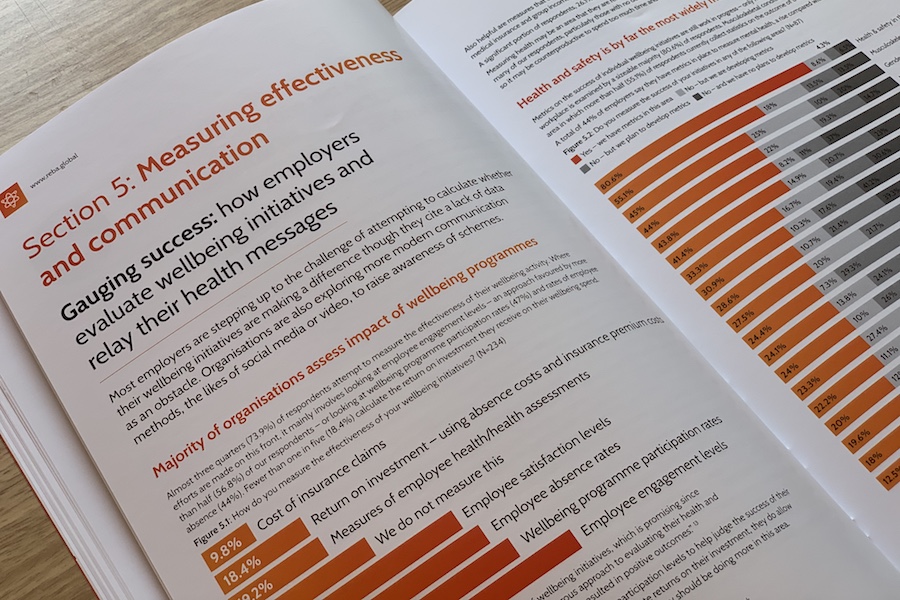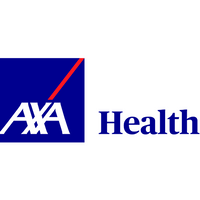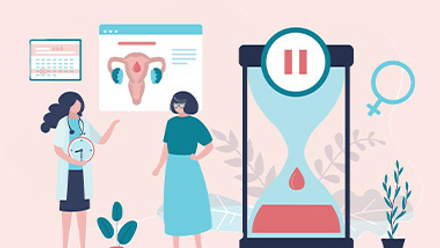Employee Wellbeing Research 2019: 74% of employers now measure wellbeing plan effectiveness

But they report that barriers such as poor quality or incomplete data are hampering their efforts to carry out robust evaluation.
The Employee Wellbeing Research 2019, published by the Reward & Employee Benefits Association (REBA) in association with AXA PPP healthcare, revealed that almost three quarters (73.9 per cent) of organisations make an effort to evaluate their wellbeing plans.
Most do this using employee engagement levels (56.8 per cent). However, other measures used to gauge the success of workplace wellbeing schemes include programme participation rates (47 per cent), employee absence rates (44 per cent) and employee satisfaction levels (41.5 per cent).
Fewer than one in five (18.4 per cent) calculate the return on investment they receive on their wellbeing spend using absence costs and insurance premium costs.
In terms of assessing particular initiatives, health and safety is by far the most widely measured with 80.6 per cent of employers saying they have metrics in place in this area.
Significantly the survey of 250 wellbeing, HR and employee benefits specialists also highlighted that a significant portion of respondents, 26.1 per cent, admit they don’t attempt to measure their wellbeing programmes at all.
When asked about the main barriers they faced when trying to measure the effectiveness of wellbeing schemes, 58.1 per cent of employers cited limited data being available internally. A third (33.9 per cent) blamed the fact that available data was incomplete or of poor quality and around a quarter raised concerns about a lack of data analytics expertise. Organisations also said that limited data was being supplied by wellbeing providers (23.8 per cent).
Download a copy of the 76-page Employee Wellbeing Research 2019 (free to REBA Professional Members and all those working for REBA Associate Members).
Supplied by REBA Associate Member, AXA Health
At AXA Health, we've been a trusted provider of quality healthcare for over 75 years.







